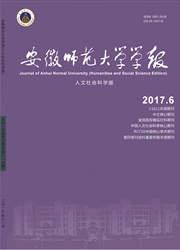

 中文摘要:
中文摘要:
清前期人口持续增长,为生计所需广泛展开了农业、工商业等生产经营活动,形成了人口生产与物质资料生产相互促进的机制,人口增长及资源的粗放式开发、利用成为农业经济发展的主要动力。另一方面,为保障民生而发展粮食生产的种种努力,愈发促进了人口增长,加剧了人口与资源、环境之间的紧张关系。清中叶以降,粮食生产能力近于极限而人口增长少有节制之下,民众生活水平趋于下降,社会经济在相当程度上陷入了"马尔萨斯危机"。这一盛衰演替的过程在人口规模调控、资源利用方式等方面为后世留下了深刻的历史教训。
 英文摘要:
英文摘要:
The population growth during the early Qing Dynasty made it possible to extensively launch agricultural, industrial and commercial activities, which formed a interactive mechanism between population production and material goods production. The population growth and extensive exploitation of resources became the main driving force for the development of agricultural economy. On the other hand, every effort to improve grain production boosted population growth, exacerbating the serious relationship between population, resources and environment. After the middle Qing Dynasty, grain production amounted to its summit and population growth was not under control, which caused people's life to decline, "Multhus Crisis" in economy. This process left a profound lesson for the later generations in the aspect of population control and resource utilization.
 同期刊论文项目
同期刊论文项目
 同项目期刊论文
同项目期刊论文
 期刊信息
期刊信息
